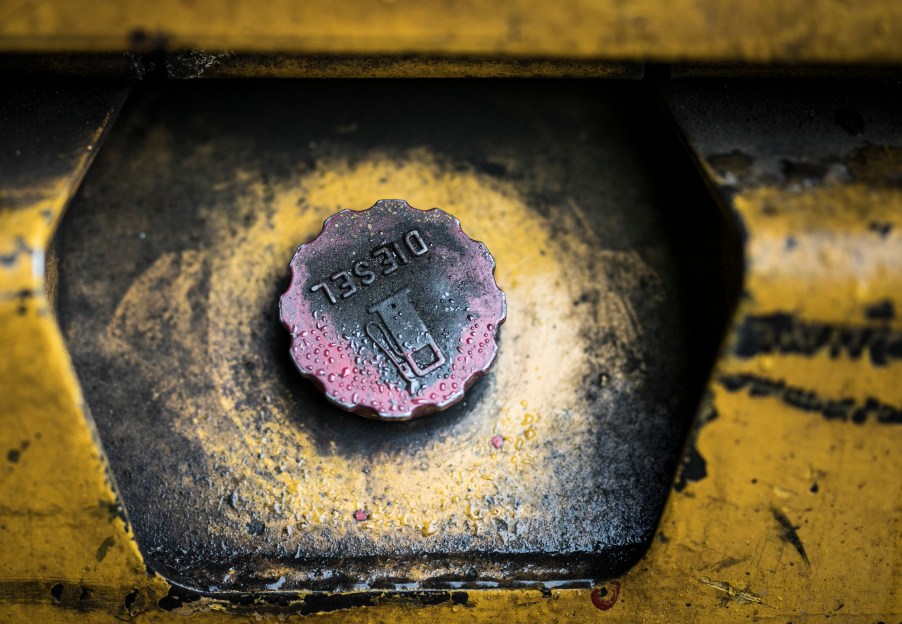
California Mandate: We’re Coming For Your Diesel Truck
In a landmark decision that will reverberate for years, California announced it will require manufacturers to start selling zero-emission vehicles by 2024. The mandate applies to medium-duty and heavy trucks. The goal is to have a minimum of 300,000 zero-emission trucks traversing the state by 2035. By 2045, all medium and heavy-duty trucks will be ZEVs. In other words, California is coming for your diesel truck.
Another mandate will follow from the California Air Resources Board requiring large fleet owners to purchase a certain amount of ZEV trucks. Heavy-duty diesel trucks are the number one source of smog-forming nitrogen oxide pollution in the state. The goal is naturally to reduce climate-warming emissions to improve public health. It is also seen as a way to increase the health of low-income residents living in fairly close proximity to freeways.
Diesel truck compliance would be based on a credit and deficit system

CARB defines ZEVs as “a vehicle with a drivetrain that produces zero exhaust emissions of any criteria pollutant (or precursor pollutant) or greenhouse gas under any possible operational modes or conditions.” Plug-in hybrids can contribute toward a company’s ZEV bottom line offsetting up to half of each manufacturer’s annual deficits. Compliance would be based on a credit and deficit system according to Reuters. This helps with flexibility for manufacturers to sell more ZEVs in one weight category and fewer in another. The credits can be banked and traded.
All of this is coming down in the midst of the EPA fighting California over its stricter emissions laws. The feds feel that California’s ZEV light-duty emissions laws are preempted by federal law. In return 23 states that follow California’s tighter emissions laws are suing the government. They want the lawsuit against California reversed. So far the EPA has no comment.
“California is once again leading the nation in the fight to make our air cleaner,” Governor Gavin Newsom said in a statement after the vote. When the mandate starts in 2024, 5-9% of ZEV trucks must be sold based on class. By 2030, that number will rise to 30-50%. Light-duty trucks are covered by a separate ZEV plan.
We need diesel trucks to be part of the solution to persistent pockets of dirty air

“Diesel vehicles are the workhorses of the economy, and we need them to be part of the solution to persistent pockets of dirty air in some of our most disadvantaged communities,’’ said Mary Nichols who heads CARB. “Now is the time — the technology is here and so is the need for investment.’’
Most of the Detroit three as well as startups Rivian, Tesla, and Nikola are in the middle of developing ZEV trucks. So, the timing is significant with these companies anticipating the segment to take off. The Motor & Equipment Manufacturers Association is all in on the mandate. It says the regulation will significantly increase the heavy-duty ZEV segment.
We’ll have to see if the mandate will stick or not. In the 1990s California mandated ZEV sales of cars which precipitated GM developing the first all-electric vehicle in modern times: the EV1. Backdoor maneuvering weakened the mandate which was partially responsible for GM killing the EV1.



